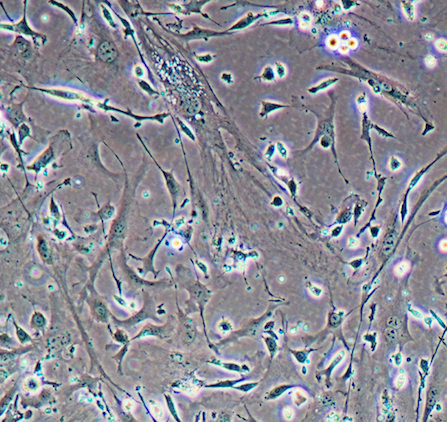The Market for Primary Cells (Part 4): Choosing Between Primary Cells and Pluripotent Stem Cells
Pluripotent stem cells—those capable of differentiating into any cell type—have captured the imagination of scientists across many disciplines. As cell culture know-how has evolved, better and more reproducible conditions for maintaining these cells in their pluripotent state have been developed.
Concomitant with optimizing cell culture conditions to maintain pluripotency have been efforts to optimize the in vitro environment to induce differentiation to create populations of highly pure and rigorously characterized differentiated cell types, including neurons, cardiomyocytes and hepatocytes.
Stem cell-derived terminally differentiated cells can be—and currently are being—used in many applications where primary cells are employed.
This is a rapidly emerging market. In our report on primary cells, The Market for Primary Cells & Stem Cell-Derived Cells: Current and Future Opportunities, we found that about 20% of the respondents are currently using stem cell-derived differentiated cells (i.e., stem cell-derived cells) (page 1-7). About 30% of the respondents indicated that they planned to evaluate the use of stem cell-derived cells within the next 12-months.
Extrapolating to the universe of cell culture practitioners, if only a fraction of those scientists who plan to evaluate actually adopt this type of cell, the number of life scientists using stem cell-derived terminally differentiated cells could increase dramatically by mid-2014.

Continuous cell lines and primary cells are the most widely used types of cells to model biological systems in vitro.





